Instrument failure is a problem we often encounter in our work, so what are some good ways to judge the failure and find out the problem? We have compiled 10 methods for analyzing and judging industrial instrument faults, and summarized many years of instrument maintenance experience. I hope it will be helpful to you.
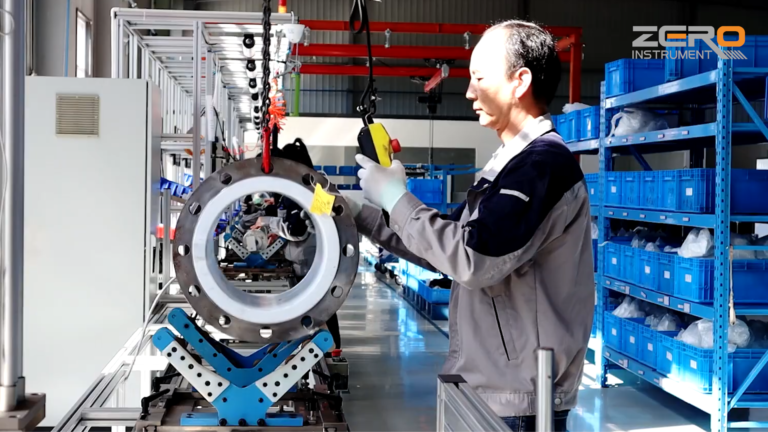
1. Visual inspection
This is a method of detecting faults through human senses (eyes, ears, nose, hands) without using any testing equipment. The visual inspection method is divided into two types: visual inspection and startup inspection.
Visual inspection content mainly includes:
① Whether the instrument casing and dial glass are intact, whether the pointer is deformed or collides with the dial, whether the assembly fasteners are firm, whether the position of each switch knob is correct, whether the movable part rotates flexibly, and whether there is any obvious change in the adjustment position;
② Check whether the connection is disconnected, whether the connectors are connected normally, whether the reed on the circuit board socket has insufficient elasticity and poor contact. For instruments assembled with unit combinations, pay special attention to whether the connecting screws of each unit board are tightened;
③ Check whether the contacts of each relay and contactor are dislocated, stuck, oxidized, burned and stuck;
④ Whether the power fuse is blown, whether the electronic tube is cracked, leaking (a layer of white powder is attached to the inner wall of the tube after leaking), or damaged, whether the paint on the transistor shell is discolored or broken, whether the resistor is burnt, whether the coil is broken, and whether the capacitor is Whether the shell swells, leaks, or bursts;
⑤ Whether the copper strips on the printed board are broken, soldered, or short-circuited; whether the solder joints of each component are in good condition; whether there are any weak soldering, missing soldering, or desoldering;
⑥ Whether the arrangement and wiring of each component are skewed, misplaced, fallen off, or collided.

Start-up inspection mainly includes:
① Check whether the power indicator light, each electronic tube and other light-emitting components in the machine are powered on and light up;
② Is there any high-voltage ignition, discharge, or smoke in the machine?
③Is there any vibration and crackling, rubbing or knocking sounds?
④ Check whether the temperature rise of transformers, motors, power amplifier tubes and other heat-prone components, resistors, and integrated blocks is normal, and whether there is any hotness;
⑤ Is there any special smell inside the machine, such as the burnt smell caused by the burnt insulation layer of the transformer resistor, or the self-oxygen smell caused by high-voltage leakage and ignition of the oscilloscope tube that ionizes the air?
⑥Whether the mechanical transmission part is operating normally, and whether there are any phenomena such as poor gear meshing, jamming, severe wear, slippage and deformation, or poor transmission.
The visual inspection must be very careful and conscientious, and avoid carelessness and impatience. When checking components and connections, you can only shake them gently and do not use excessive force to prevent components, connections, and the copper foil of the printed board from being broken.
Do not take your hands off the power switch when turning on the power for inspection. If any abnormality is found, turn it off in time. Pay special attention to personal safety and absolutely avoid touching live equipment with both hands at the same time. The large-capacity filter capacitor in the power circuit carries a charge in the circuit, so electric shock must be prevented.

2. Survey
Through the investigation and understanding of the fault phenomenon and its development process, methods to analyze and determine the cause of the fault. Generally there are the following aspects:
①The usage situation before the failure occurred and whether there were any precursors;
②Whether there is sparking, smoke, abnormal smell, etc. when the fault occurs;
③Changes in power supply voltage;
④ Overheating, lightning, moisture, collision and other external conditions;
⑤Whether it is interfered by strong external electric fields or magnetic fields;
⑥ Whether there is any improper use or misoperation;
⑦Is the fault occurring under normal use or after repairing and replacing components?
⑧What faults have occurred in the past and the repair status, etc.
Use the investigation method to troubleshoot faults. The investigation should be in-depth and careful, especially the feedback of on-site users should be verified. Do not rush to dismantle and repair. Maintenance experience shows that many users’ feedback is incorrect or incomplete, and many problems that do not require maintenance can be found through verification.

3. Breaking method
Disconnect the suspected part from the whole machine or unit circuit to see if the fault disappears, thereby determining the location of the fault.
After an instrument failure occurs, first make a preliminary judgment on several possibilities of the failure. In the fault range area, disconnect the suspected part of the circuit to determine whether the fault occurs before or after disconnection. If the fault disappears during the power-on inspection, it indicates that the fault is mostly in the disconnected circuit. If the fault still exists, further circuit breakage and segmentation inspections will be performed to gradually eliminate suspicion and narrow the scope of the fault until the real cause of the fault is found.
The circuit breaking method is particularly convenient for fault inspection of unitized, combined, and plug-in instruments. It is also very effective for some short-circuit faults with excessive current. However, it is not suitable to use closed system loops or direct coupling circuit structures where the overall circuit is a large loop.

4. Short circuit method
This method is to temporarily short-circuit a certain level of circuit or component that is suspected to be faulty, and observe whether there is any change in the fault status to determine the fault location.
When the short-circuit method is used to check multi-level circuits, after a certain level of circuit or component is temporarily short-circuited, if the fault disappears or is significantly reduced, it means that the fault is before the short-circuit point. If there is no change, the fault is after the short-circuit point. If the potential at the output terminal of a certain stage is abnormal, short-circuit the input terminal of that stage. If the potential at the output terminal is normal, then the circuit of that stage is normal.
The short circuit method is also commonly used to check whether components are normal. For example, use tweezers to short-circuit the base and emitter of a transistor triode, observe the changes in collector voltage, and determine whether the tube has an amplification effect. In TTL digital integrated circuits, the short circuit method is used to determine whether gate circuits and flip-flops can operate normally. Short-circuit the control electrode and cathode of the thyristor to determine whether the thyristor has failed, etc. In addition, you can also short-circuit the input terminals of some instruments (such as electronic potentiometers) and judge whether the instrument is interfered by observing changes in the instrument’s indication.
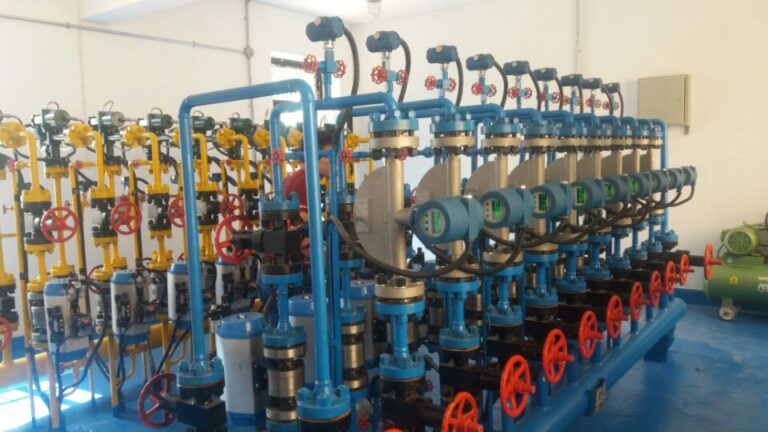
5. Replacement method
A method to determine where the fault is located by replacing certain components or circuit boards.
Replace the suspected component with a component with the same specifications and good performance, and then power on the test. If the fault disappears, it can be determined that the suspected component is the fault. If the fault still exists, the same alternative test can be performed on another suspected component or circuit board until the fault location is determined.
Before making a replacement, take some time to analyze the cause of the fault, rather than blindly replacing components. If the failure is due to a short circuit or thermal damage, good replacement components may also be damaged. If a diode burns out, it may be because the working current and reverse peak voltage of the diode are insufficient. If you replace it with another diode of the same model at this time, the fault will only be temporarily solved, but not eliminated.
In addition, the power supply should be cut off when replacing components, and testing while welding is not allowed while power is on. When the replaced components are installed and welded, they should comply with the original welding installation methods and requirements. For example, there is usually an insulating sheet between the high-power transistor and the heat sink. Do not forget to install it. When replacing, be careful not to damage other surrounding components to avoid human failure.
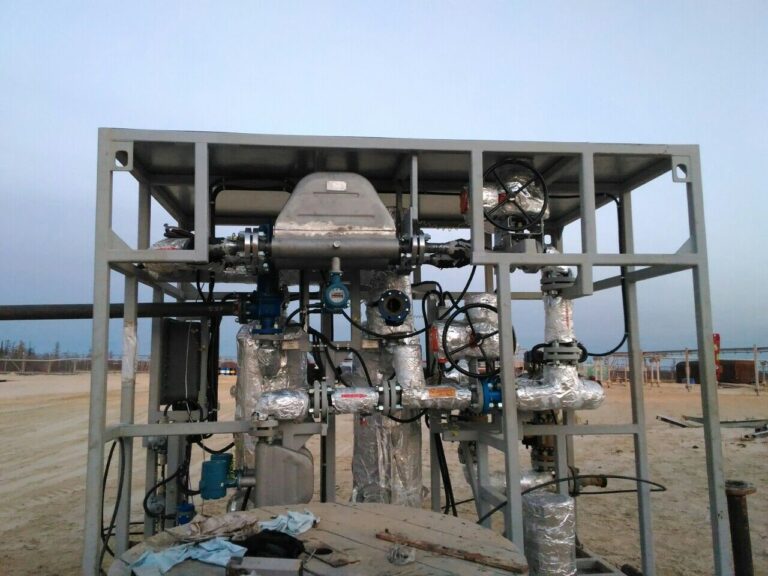
6. Division method
In the process of finding faults, the circuit and electrical parts are divided into several parts to find out the cause of the fault.
Generally, the detection and control instrument circuit can be divided into three parts, namely, external circuit (all circuits from the terminal of the instrument to the detection components and control actuators), power circuit (all circuits from AC power supply to power transformer, etc.), internal circuit Loop (all circuits except external loops and power supply loops). The internal circuit can be divided into several small parts (divided according to its internal circuit characteristics and electrical component structure). Partial inspection is based on the divided parts, using the method of inspecting each part from the outside to the inside, from the large to the small, from the outside to the inside, and gradually narrowing the scope of suspicion. After the inspection determines which part the fault is, conduct a comprehensive inspection of this part to find the fault location.
Branch inspections are conducted in order to check, analyze and judge each part of the instrument. Although it is relatively organized, the maintenance time is long, and the key points are often not grasped during the inspection, which wastes a lot of time. This method is suitable for situations where the maintenance personnel have less maintenance experience, are not familiar with instrument failure phenomena, and the faults are more complex.
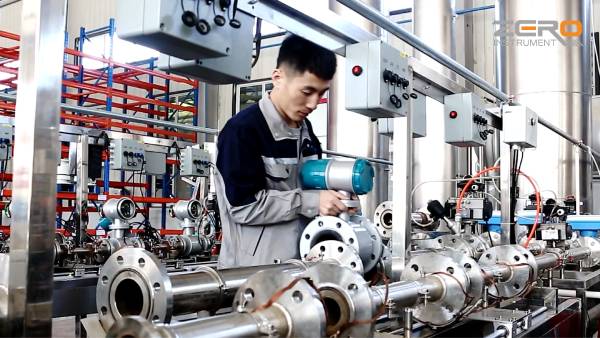
7. Human body interference method
When a person is in a messy electromagnetic field (including the electromagnetic field generated by the AC power grid), a weak low-frequency electromotive force (nearly tens to hundreds of microvolts) will be induced. When human hands come into contact with certain circuits of instruments, the circuits will react. This principle can be used to easily determine certain faulty parts of the circuits.
When using the human body interference method, attention should be paid to the environment. For example, if there are few electrical equipment and lines, in basements, and some steel buildings, the signal generated by interference will be smaller. In this case, a long wire can be used instead of a hand to obtain a larger interference signal. In addition, when using this method to check the high-voltage part of the instrument or the instrument with a live base plate, you must pay great attention to safety to avoid electric shock.
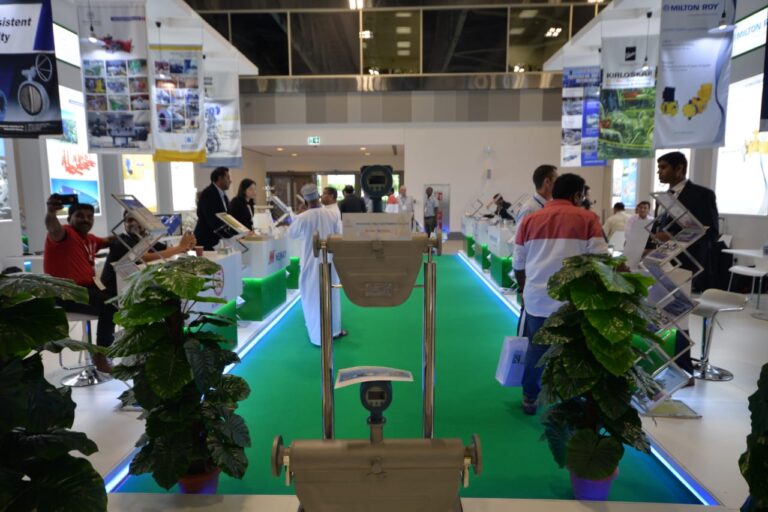
8. Voltage method
The voltage method is to use a multimeter (or other voltmeter) with an appropriate range to measure the suspected part, and measure both AC voltage and DC voltage. Measuring AC voltage mainly refers to AC power supply voltage, such as AC 220V network voltage, AC regulator output voltage, transformer coil voltage and oscillation voltage, etc. Measuring DC voltage refers to DC power supply voltage, operating voltage of each pole of electron tubes, semiconductor components, and integrated blocks. The voltage of each lead-out corner to ground, etc.
The voltage method is one of the most basic methods in maintenance work, but the scope of faults it can solve is still limited. Some faults, such as slight short circuit of the coil, broken capacitor or slight leakage, are often not reflected in the DC voltage. For some faults, such as component short circuit, smoke, flashover, etc., the power must be turned off. At this time, the voltage method will not work. At this time, other methods must be used to check.
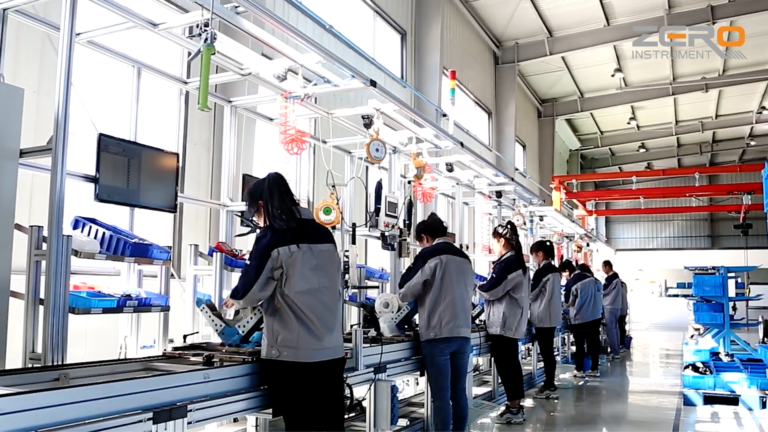
9. Current method
There are two types of current methods: direct measurement and indirect measurement. Direct measurement is to disconnect the circuit and connect it to an ammeter in series, and then compare the measured current value with the data in the normal working state of the instrument to determine the fault.
If you find that part of the current is not within the normal range, you can think that there is something wrong with this part of the circuit, or at least it is affected. Indirect measurement does not require disconnecting the circuit. It measures the voltage drop on the resistor and calculates the approximate current value based on the resistance value. It is mostly used for measuring the current of transistor components.
The current method is more troublesome than the voltage method. Generally, the circuit needs to be disconnected and then connected in series with an ammeter for testing. But it is more prone to failure than the voltage method in some situations. The current method and the voltage method work together to detect and determine most faults in the circuit.

10. Resistance method
The resistance inspection method is to use a multimeter to check whether the input and output resistance of the entire circuit of the instrument and part of the circuit is normal when no power is supplied; whether each resistive element is open circuit, short circuit, and whether the resistance value changes; whether the capacitor has broken down or Leakage; whether the inductor coil and transformer are disconnected or short-circuited; the forward and reverse resistance of the semiconductor device; the resistance of each integrated block pin to the ground; and roughly judge the β value of the transistor; whether the electron tube and oscilloscope tube are short-circuited between electrodes, and whether the filament is intact wait.

When applying the resistance method to check faults, the following points should be noted:
① Since there are many nonlinear components in the circuit, such as transistors, large-capacity electrolytic capacitors, etc., when using the resistance method to measure the resistance between two points, because these nonlinear components are connected, pay attention to the red and black poles of the multimeter. Sexuality, because the measured results of different polarities are different;
② Avoid using the Ω × 1 gear (larger current) and Ω × 10K gear (higher voltage) to directly measure ordinary transistors and integrated circuit blocks with low current and low voltage resistance to avoid damage;
③ Most of the components under test in instruments have to be involved (in series or parallel) with many other components on the circuit. Therefore, for situations where there is no direct breakdown but a leakage or a relatively large resistance value, the component under test must be disconnected before inspection and measurement. For components such as resistors and capacitors with only two lead wires, just disconnect one lead and it will turn on. For components with three wires such as transistors, you should disconnect two lead wires.
